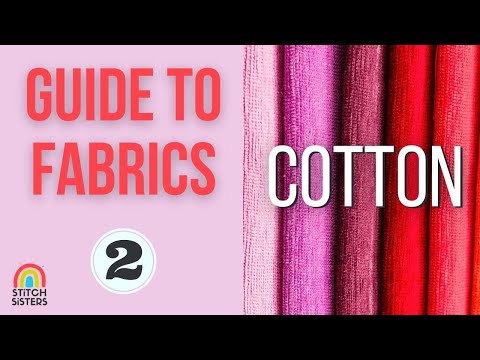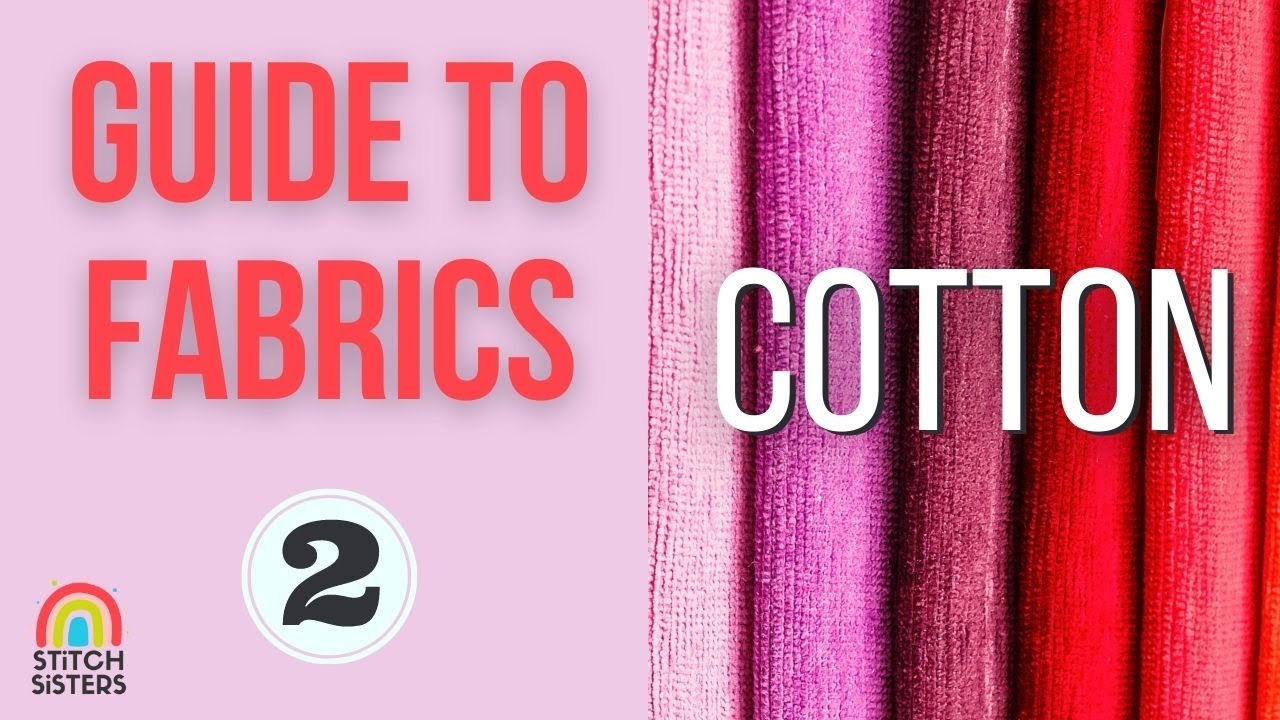Discover the ultimate in comfort and luxury with our premium sheeting fabric. Crafted with meticulous attention to detail, our exquisite fabric is designed to elevate your sleep experience to new heights. Made from the finest materials, our high-quality sheeting fabric offers a soft and smooth texture that will make you feel like you’re sleeping on a cloud. Its durable construction ensures long-lasting use, providing you with years of indulgent sleep. Whether you prefer a crisp and cool feel or a silky and cozy touch, our sheeting fabric is versatile enough to cater to your unique preferences. Its breathable nature promotes airflow, keeping you comfortably cool throughout the night. With its luxurious finish, our sheeting fabric not only feels incredible against your skin but also adds an elegant touch to your bedroom decor. Experience the difference that our premium sheeting fabric can make in your sleep routine. Transform your bed into a haven of relaxation and wake up refreshed and rejuvenated each morning. Treat yourself to the ultimate sleep experience with our superior sheeting fabric.

Understanding Sheeting Fabric: A Comprehensive Guide
When it comes to choosing the perfect bedding, sheeting fabric plays a vital role in providing comfort, durability, and style. With so many options available, it can be overwhelming to navigate the world of fabrics. In this article, we will explore the different types of sheeting fabric, their unique properties, and how to choose the right one for your needs.
The Importance of Thread Count
Thread count refers to the number of threads woven together within a square inch of fabric. It is often considered an important factor in determining the quality and softness of sheeting fabric. However, it is essential to note that a high thread count does not always guarantee superior quality. Thread count alone is not indicative of the fabric’s durability or comfort level. Other factors such as fiber quality and weave also play a significant role.
Higher thread count fabrics, typically above 400, tend to feel smoother and more luxurious to the touch. However, they may not be as breathable as lower thread count options. On the other hand, fabrics with a lower thread count, around 200-300, offer better breathability, making them ideal for warmer climates.
Understanding Fiber Types
The type of fiber used in sheeting fabric greatly impacts its overall performance and feel. Here are some common fiber types you will come across:
Cotton: Cotton is one of the most popular choices for sheeting fabric due to its softness, breathability, and durability. It is hypoallergenic and suitable for individuals with sensitive skin.
Microfiber: Microfiber is a synthetic fiber known for its affordability, wrinkle resistance, and easy maintenance. It is an excellent choice for those seeking a budget-friendly option without compromising on quality.
Linen: Linen is a natural fiber derived from the flax plant. It is highly breathable, moisture-wicking, and offers a unique texture and coolness, making it perfect for hot summer nights.
Silk: Silk is a luxurious and delicate fabric that is incredibly soft and smooth. It is known for its temperature-regulating properties and is ideal for those with sensitive skin.
Exploring Weave Patterns
The weave pattern of sheeting fabric affects its breathability, feel, and overall appearance. Here are a few common weave patterns:
Percale: Percale is a plain-weave fabric with a tight and even distribution of threads. It offers a crisp and cool feel, making it perfect for those who prefer a lightweight and breathable option.
Sateen: Sateen is a weave pattern that results in a smooth and lustrous fabric. It has a slightly heavier feel compared to percale and offers a luxurious drape. However, it may be less breathable due to its denser weave.
Jersey: Jersey is a knit fabric that offers a soft and stretchy feel. It is known for its breathability and wrinkle resistance, making it a popular choice for casual bedding.
Caring for Your Sheeting Fabric
Proper care and maintenance are crucial for extending the lifespan of your sheeting fabric. Here are some general guidelines:
Washing: Always follow the care instructions provided by the manufacturer. Most sheeting fabrics can be machine washed, but some may require delicate or cold wash cycles. Avoid using harsh detergents or bleach, as they can damage the fabric.
Drying: Tumble drying on a low heat setting is generally safe for most sheeting fabrics. However, some delicate materials like silk may require air drying to prevent damage. Remove the sheets from the dryer promptly to minimize wrinkles.
Ironing: If necessary, iron your sheeting fabric on a low heat setting while it is still slightly damp. This helps to smooth out wrinkles without causing damage.
Conclusion
Choosing the right sheeting fabric is essential for creating a comfortable and inviting sleeping environment. By understanding the various aspects of thread count, fiber types, weave patterns, and proper care, you can make an informed decision that suits your preferences and needs. Whether you prefer the crispness of percale, the lustrous feel of sateen, or the softness of jersey, there is a sheeting fabric out there that will provide you with the perfect night’s sleep.
“Cotton Chronicles: Unveiling the Array of Marvelous Fabric Types”
Video Source : The Stitch Sisters
List about Sheeting Fabric
Sheeting Fabric Information
| Fabric Type | Composition | Thread Count | Features |
|---|---|---|---|
| Percale | 100% cotton | 200-400 | Smooth, crisp, and durable fabric with a matte finish. |
| Sateen | 100% cotton | 300-600 | Luxuriously soft and lustrous fabric with a subtle sheen. |
| Flannel | 100% cotton or cotton-blend | 150-200 | Thick and warm fabric with a brushed surface for cozy sleep. |
| Jersey | 100% cotton or cotton-blend | 100-200 | Stretchy and breathable fabric with a smooth and soft texture. |
Sheeting fabric plays a crucial role in ensuring a comfortable and restful sleep experience. Each fabric type presents unique characteristics that cater to different preferences and needs.
Percale, made from 100% cotton, is known for its exceptional durability, crispness, and smoothness. With thread counts ranging from 200 to 400, percale creates a breathable and cool sleeping surface while offering a matte finish that exudes an understated elegance.
Sateen, also crafted from 100% cotton, boasts a higher thread count of 300 to 600, resulting in a luxuriously soft and lustrous fabric. Its unique weaving technique creates a subtle sheen, adding a touch of opulence to your bedding ensemble.
For those seeking warmth and coziness, flannel fabric is an excellent choice. Typically made from 100% cotton or a cotton-blend, flannel features a lower thread count ranging from 150 to 200. Its brushed surface provides a soft and fuzzy texture, perfect for chilly nights or winter months.
Jersey fabric, available in both 100% cotton or cotton-blend options, offers a different sleeping experience. With thread counts ranging from 100 to 200, jersey fabric is renowned for its stretchiness and breathability. Its smooth and soft texture adds an element of comfort, making it an ideal choice for those who prefer a more relaxed and casual feel.
By understanding the characteristics of different sheeting fabrics, you can make an informed decision that suits your personal preferences, ensuring a blissful and restorative slumber night after night.

